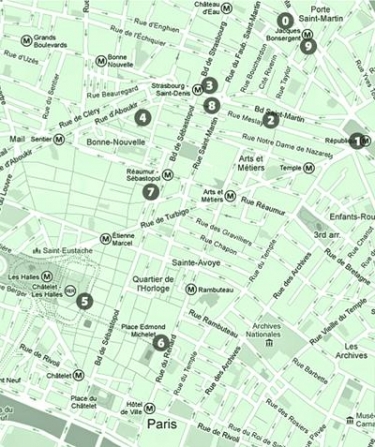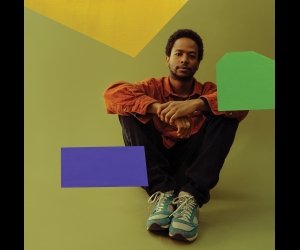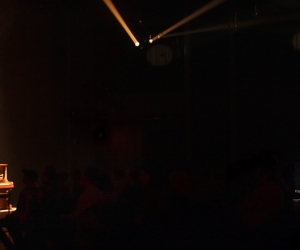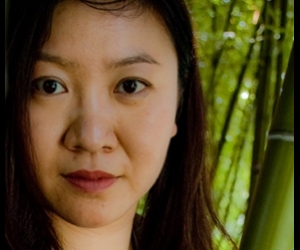
On June 21, 1982, the French Ministry of Culture introduced the first Fête de la Musique (meaning celebration/feast of music, and a homophone of Faites-musique—make music), a large street party where musicians reignite ancient pagan solstice rituals in spontaneous concerts featuring amateur and professional musicians from all genres. Noise and drinking restrictions are relaxed, and revellers form transient crowds moving like satellite swarms through the city. Some bands are ad hoc and open to anyone with gear, while others are more formal. Many neighborhoods are alive with the energies of music and a genuine feeling of celebration; strangers shimmy in mating dances and share the night with openness and joy.
I had put in a long day at IRCAM working on computer-assisted composition procedures for my acoustic pieces. It was hot in my top-floor apartment, and after a brief sieste I was anxious to get out onto the street to immerse myself in the colour and culture of Fête de la Musique. I left the courtyard of my apartment (0), at 8 p.m. and heard several groups playing within earshot. Walking towards the Métro station République, I witnessed a band in perpetual warmup mode, a call and response tune, and nervous-looking boys singing to canned music and the adulation of a large crowd of relatives (1).
In the northern hemisphere, the summer solstice occurs precisely when the earth reaches its maximum axial tilt, with the North Pole pointed at 23° 26' towards the sun. Solstice comes from the Latin solstitium, meaning sun-stopping, because on this date, the point at which the sun rises and sets appears to stop and reverse direction until the Winter Solstice on December 21.
From République, I ventured past a choir near Boulevard Saint-Martin (2) and a DJ (3) to the clamour on St.-Denis. The pounding of a drum troupe fused with the electroclash thrash of an androgynous group in black suits with skinny ties (4). There was seldom an interstitial silence, and each performance location was infiltrated with the gravitational pull of sounds generated at another in a quasi-Ives-ian collage.
Cultures in the northern hemisphere identify the summer solstice with the power of the sun and fertility of both land and people, commemorating the occasion with celebratory rituals. Historically, central and eastern European countries would pay tribute to Kupala, the pagan goddess of herbs, sorcery, sex, and summer. Her observers honoured the elements of fire and water, burning bonfires and swimming in open waters, singing and dancing until late in the night. At midnight, unmarried women and men would run into the forest together, searching for the “Fern flower.”
Moodier guitars filled the air just south of Les Halles (5), where I turned left and met the techno reincarnation of Carmina Burana. Inspired children bopped in front of the Fontaine Stravinsky, and I moved with the current of a hollering crowd and drum troupe to orbit the thin streets of the Marais (6). Oiled, muscly men danced semi-nude in second-floor windows, and the maximal strength of the sun’s rays had their correlation in the energy and amplitude of the city. I twisted through the mass back up St.-Denis where a man sang soulfully beside a porn shop (7).
With the spread of Christianity, pagan customs like Kupala and the Feast of Epona were re-dedicated to Saint John the Baptist. North American Sioux tribes performed elaborate ritual dances with their bodies painted in symbolic colours representing sunset, sky, light, and night. In Sweden, Finland, Denmark, and Norway, Midsummer festivals occur during this peak time of the Midnight sun, using bonfires and flowers to revel in the power of the sun and the fecundity of the earth.
After a brief pause to hear a cast of thousands doing “La Bamba” (8), I found my way back home, following the sound to an eyeglass shop where people and dogs took in a latter-day embodiment of Edith Piaf (9). One hundred and twenty stairs later, I drifted off to the sound of a crackerjack jazz band and distant tin-can orchestras fulfilling the goals of centuries-old pagan jamborees in the deep blue summer midnight.
Audio: Fête de la Musique (2012). Composed by Paul Steenhuisen. Image: Map of Steenhuisen's journey through the festival's soundscape (match the numbered locations on the map to the numbered sections on the CD track to follow along). Image by: Jason Paré.


